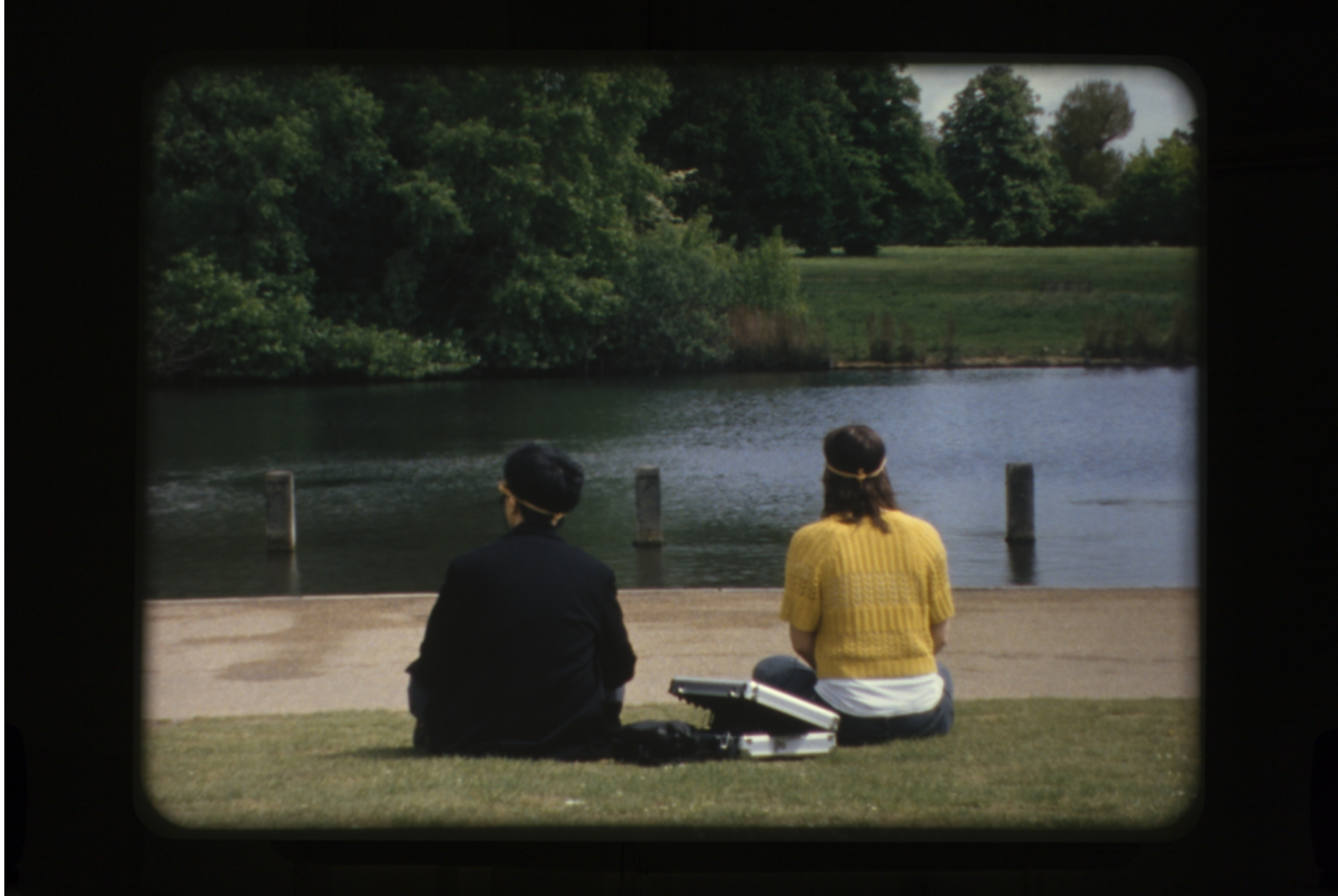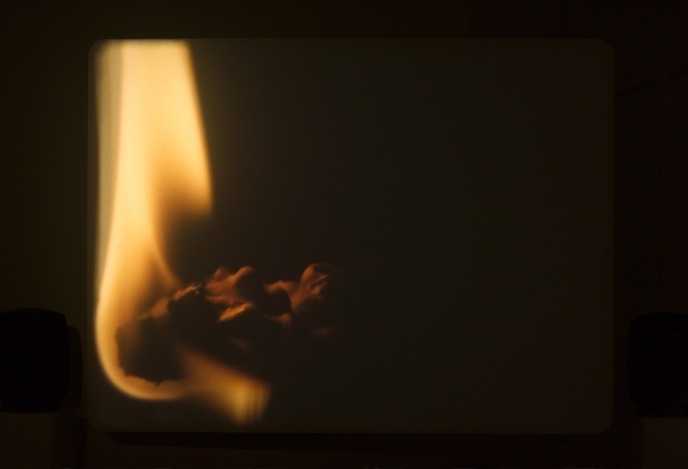TRANSITIONAL WORDS
In his article on the ‘acousmatic’, Pierre Schaeffer introduces a major philosophical premise of musique concrète. The concept of the acousmatic, a term Schaeffer gleans from the Larousse dictionary, is invoked through an aphorism: the story of Pythagoras lecturing to his disciples over a five year period, hidden from view, with his voice projecting from behind a curtain.Thus, the acousmatic is a sound event or phenomena stripped of external (and visual) reference.The apparent zeal with which Schaeffer appropriated this term for his own rhetoric cannot be fully understood without first appreciating the conditions that gave rise to the birth of this radical new music.Indeed musique concrète was perhaps the first musical form that fully disposed with the cult of celebrity.It eschewed the holy trinity of conductor, performer and musical instrument, and replaced these roles with the tools of the microphone and tape recorder, and the resultant sound disseminated either through the then-emerging technology of radio, or via concerts featuring multiple loudspeaker diffusions.
I’m prepared to assert, speaking from a Scottish perspective, that the radicality of this act has yet to be fully rehearsed.What I and many other artists are attracted to in musique concrète is Schaeffer’s idea of ‘reduced listening’, a term that encourages the listener to focus on the phenomenal characteristics of sound (as opposed to its musical or cultural significations), a focus that results in a richer experience of music and its constituent parts (sonorous objects).Schaeffer also emphasises the need to describe and analyse the collective ‘subjectivity’ of sound objects, which leads one to a deeper, universal understanding of the nature of sound.It is not without due caution, then, that I set about making a cycle of films which took the complex act of field recording as a starting point.Upon establishing my collaborators for these films —Lee Patterson, Éric La Casa and Toshiya Tsunoda (an incomplete Part 4 was also shot with Sean Meehan) — I put forward a number central questions: to what degree could Schaeffer’s ‘reduced listening’ (a concept that seems to be one of the central tenets of field recording) be achieved when ‘accompanied’ by the moving image; would the moving image become superfluous, a mere visual banality, or could it give sound more depth; could there then be a ‘reduced viewing’, a viewing which renounces the usual secondary status of sound in film, in order to establish equal footing with that of the image; is there an underlying political and social reality repressed by the field recorder in the act of gathering their exotic sound souvenirs; can the union between sound and image cast a light on the fraught ecology of our present condition? Such enquiries hint at the complex realities underneath the surface of Schaeffer’s ‘pure listening’.In ‘The Despotism of The Eye’, Irish Poet and critic Tom Paulin recounts an early childhood memory of listening to a haunting whistling sound while lying awake in bed and being mesmerised by the beauty of the ‘acousmatic’ experience.As an adult, he later discovers the origin of this sound phenomenon to be the wind blowing through the metal fence posts in Ormeau Park, Ireland.He comments that sounds can have all sorts of ontological meanings, adding, “it is to do with our dwelling in the world, our being.It is to do with, as it were, our ontology of relationship, which we have with the entire universe”.
Luke Fowler
Text first published in 8 METAPHORS (BECAUSE THE MOVING IMAGE IS NOT A BOOK) published by LUX, edited by Lever Yap, 2011


